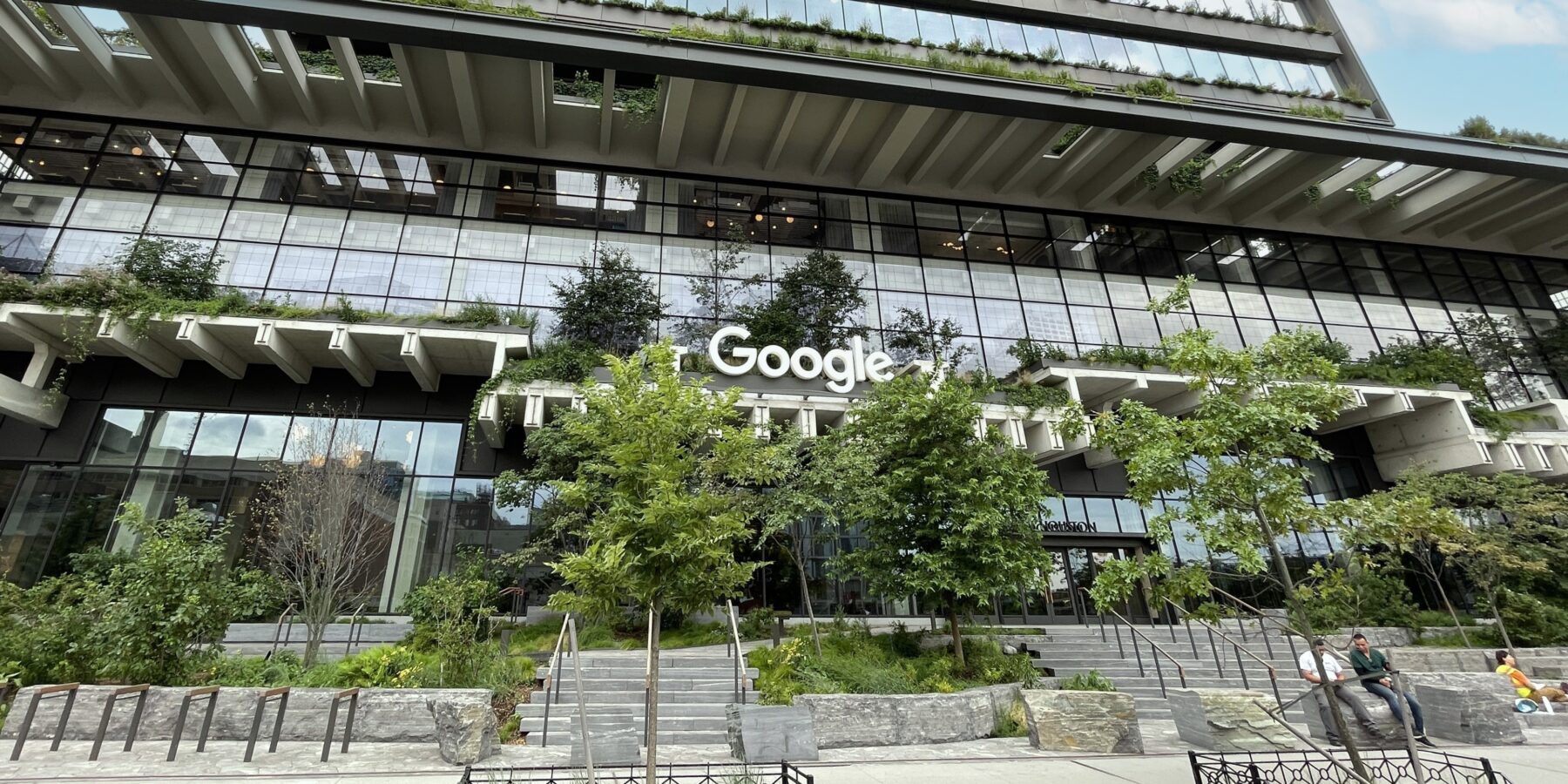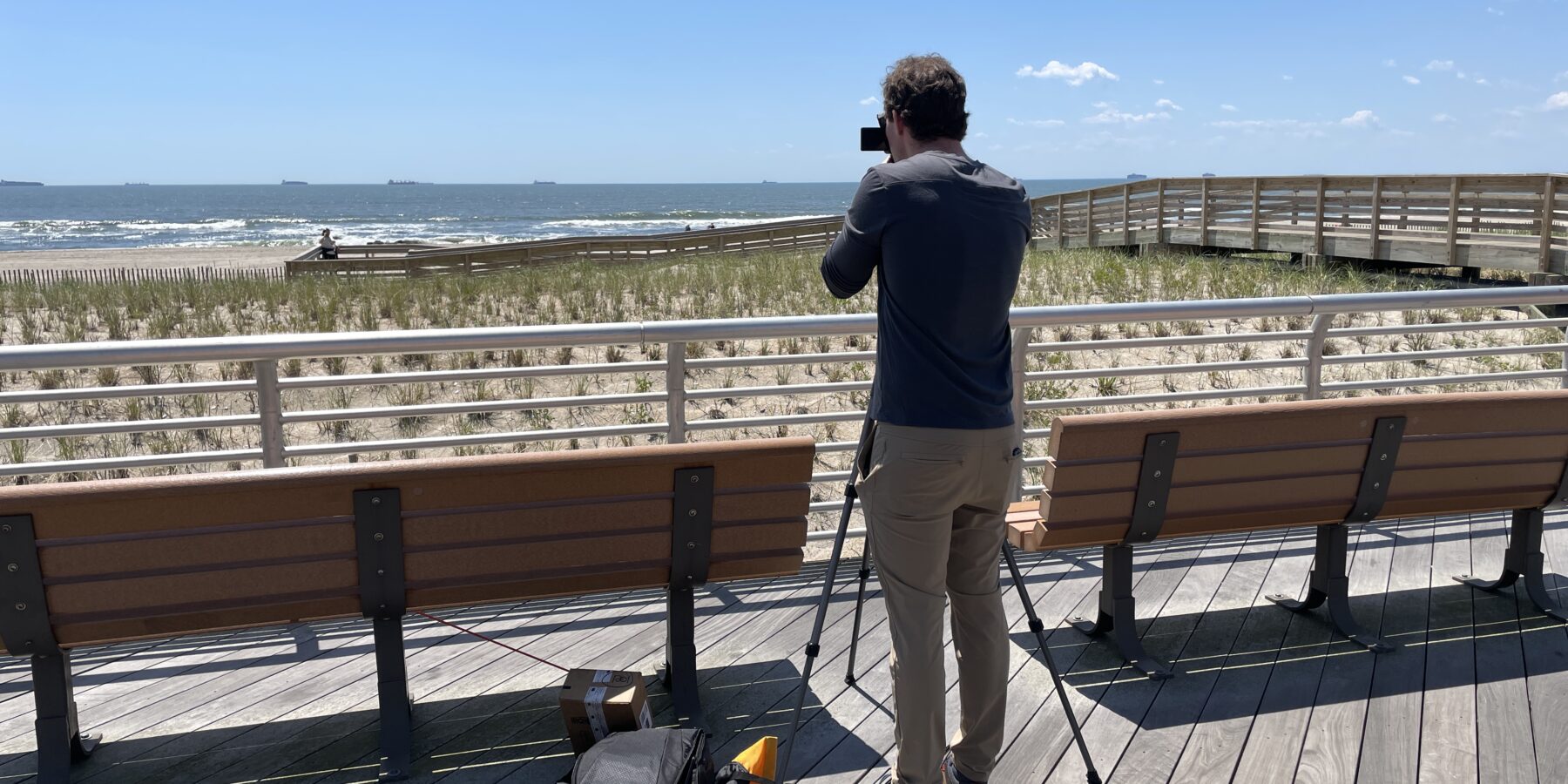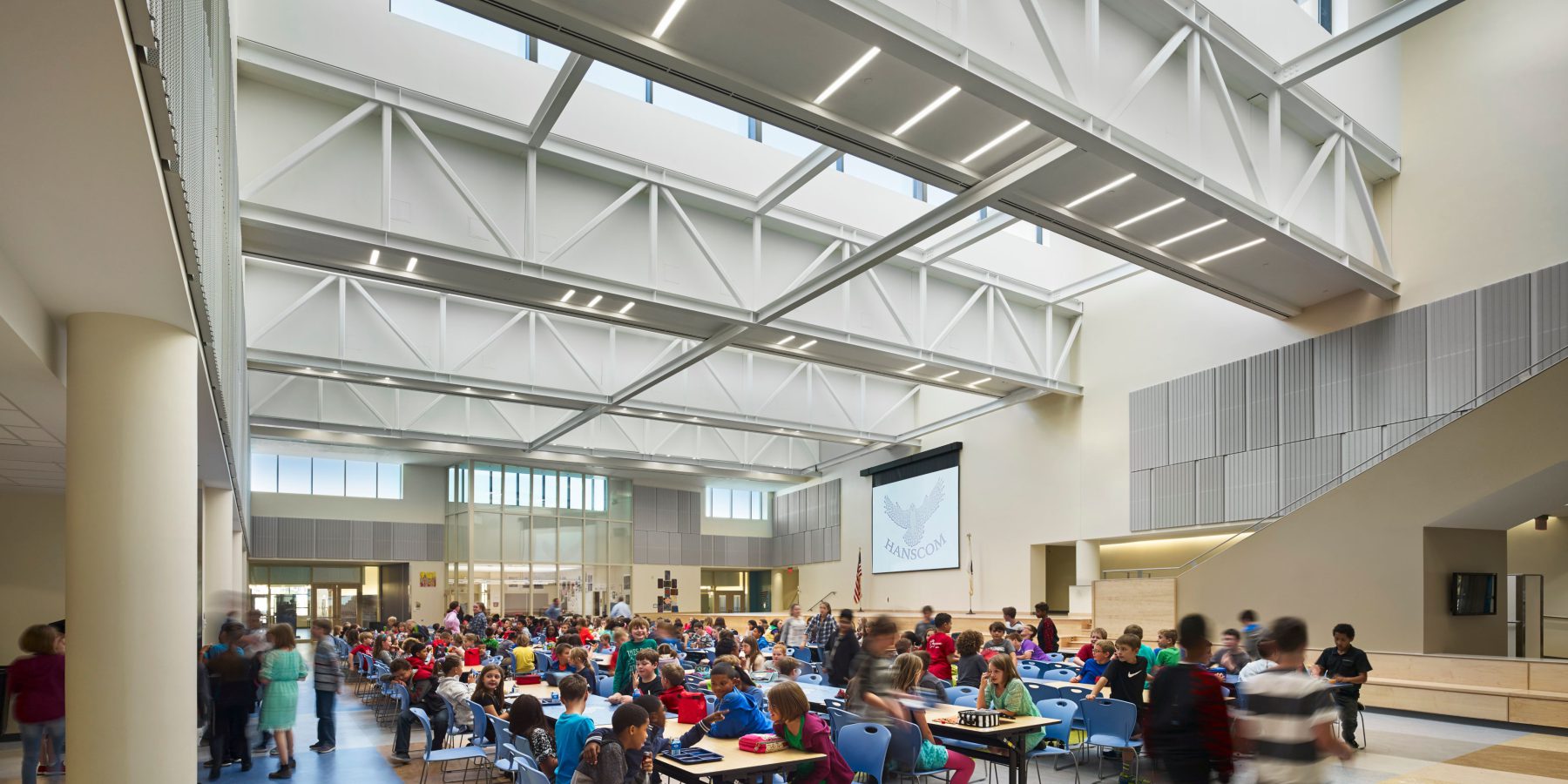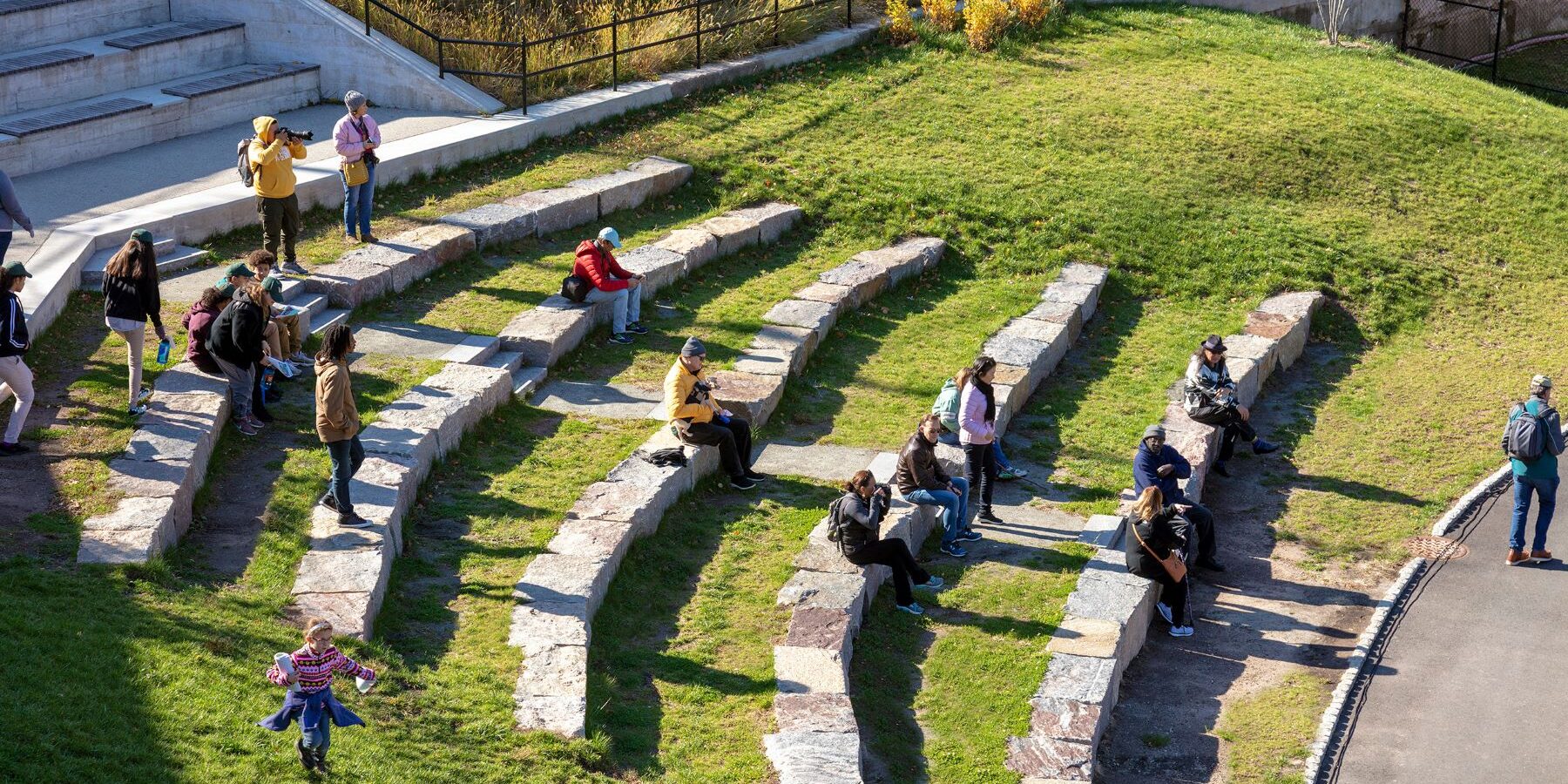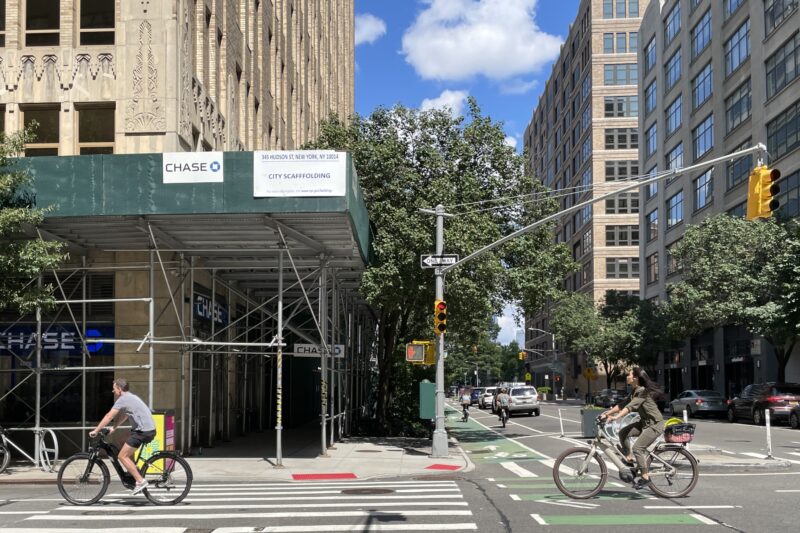Designing for New York City’s Unified Stormwater Rule
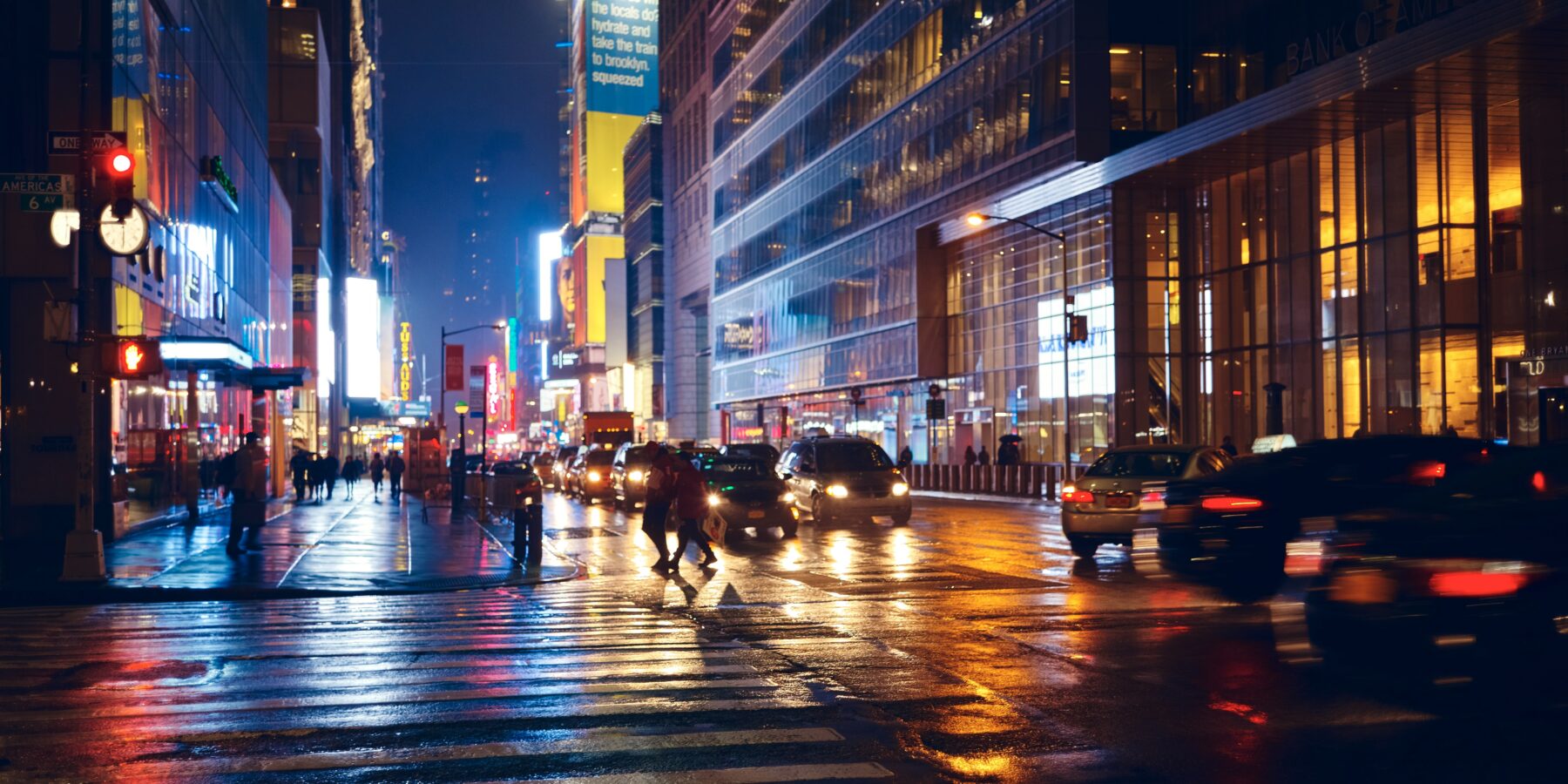
Polluted stormwater is among the greatest threats to clean water in the country, according to the Environmental Protection Agency.
Untreated runoff collects bacteria and pollutants such as oil, fertilizer, and pesticides as it travels through drains and ditches to our waterbodies.
New York City published its Unified Stormwater Rule amendments to the Rules of the City of New York in February 2022, thereby changing its requirements for how stormwater is managed by the architect and engineer on all new and redeveloped properties that discharge to municipal sewers.
The Unified Stormwater Rule promotes retention-based practices to reduce the amount of polluted stormwater runoff entering waterbodies and encourages vegetated green infrastructure that mitigates urban heat island effects, minimizes flooding, removes airborne pollutants, and improves the habitat for birds and pollinators.
Among other changes, these amendments:
- Align stormwater quantity and flow rate requirements with the city’s water quality requirements.
- Extend the New York City Department of Environmental Protection’s permitting, inspection, and enforcement program from only MS4 areas (i.e., separate sewer system) to CSS areas (i.e., combined sewer system).
- Encourage development projects above a certain size to deploy green stormwater infrastructure practices.
- Allow for greater flexibility in the design of stormwater management facilities while simplifying the rules and making them consistent throughout the five boroughs.
A Renewed Focus on Green Stormwater Infrastructure
The Unified Stormwater Rule and the technical guidance within the New York City Stormwater Manual emphasize a retention-first, green infrastructure approach to the selection and design of stormwater management practices.
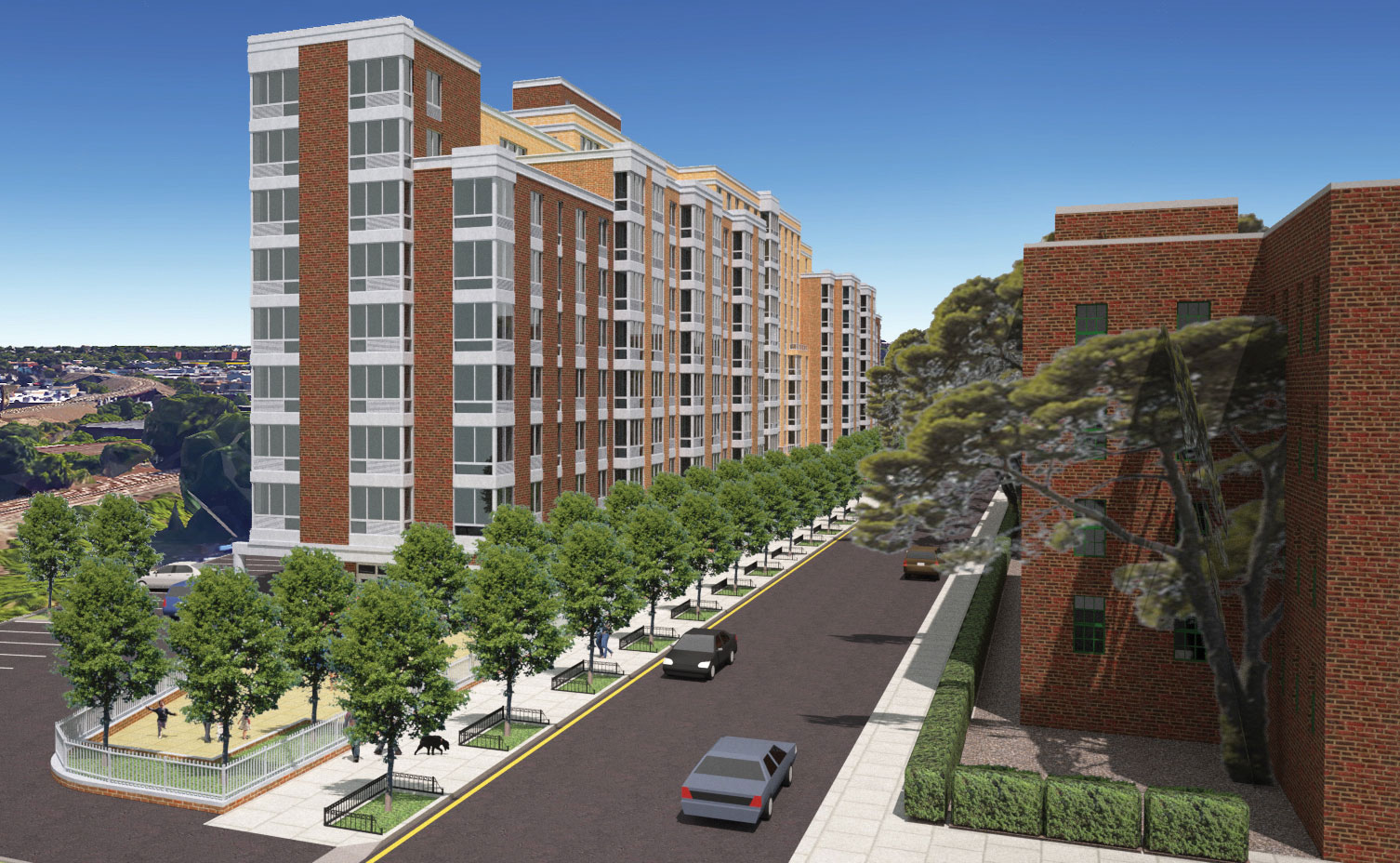
What Developers Need to Know
During pre-development property owners and developers should ask themselves: What is the total on-site and off-site earth disturbance associated with my project? What is the net increase in the impervious area? Am I in a combined or separate sewer area?
During pre-development consider including infiltration tests in the initial due diligence investigations alongside geotechnical and environmental borings and consider stormwater management practice siting and feasibility early in the design process.
Keep in mind that new regulations result in larger detention volumes and detention systems with increased cost and space demands. Stormwater permitting time and costs have increased while the site connection proposal and stormwater construction permit with NYCDEP operate on parallel tracks.
Health and Welfare Benefits
Vegetated stormwater management practices especially benefit public health and environmental welfare when incorporated with streetscape designs that provide community amenities for pedestrians and cyclists.
There is also an aesthetic benefit associated with green infrastructure encouraged through the design team’s adherence to the Unified Stormwater Rule; most common are bioretention, stormwater planters, green roofs, porous pavements, and synthetic turf fields.
Featured Team Members

Justin Seeney, PE, CFM
Vice President, Civil Engineering

Robert Caravella, PE
Senior Vice President, Engineering and Construction Services

Margaret Hopkins, PE
Vice President, Climate Resilience and Adaptation

John Carbone, PE
Vice President, Civil Engineering

Patrick Parault, PE
Senior Vice President, Climate Resilience and Adaptation

Wendy Ho, PE, LEED AP, ENV SP, Assoc. DBIA
Senior Vice President, Civil Engineering

Christopher Coogan, PE
Vice President, Civil Engineering
